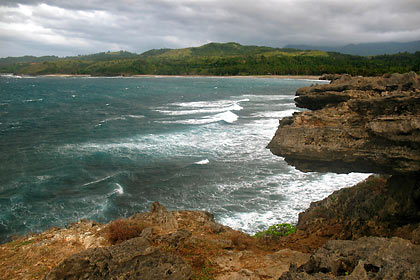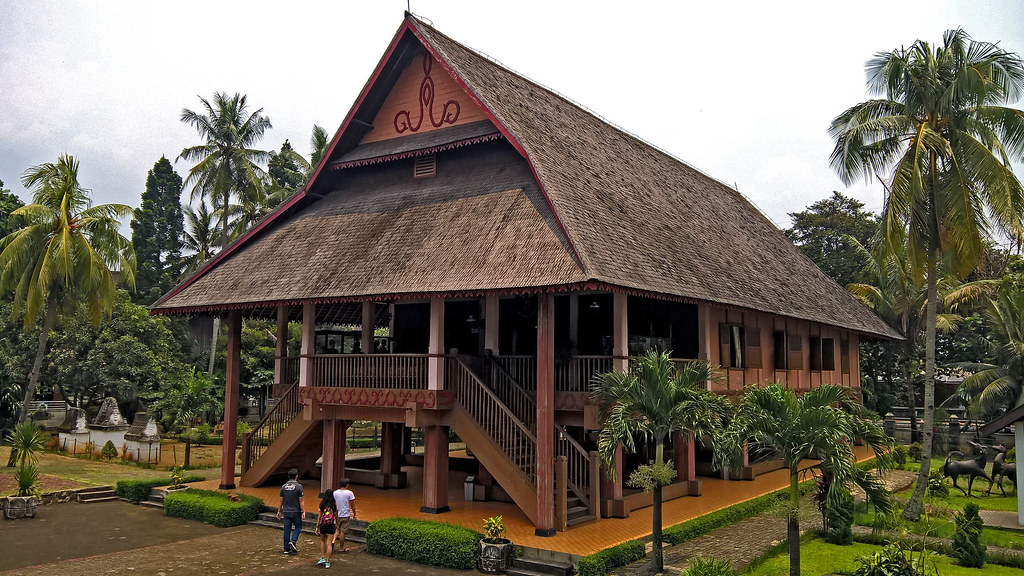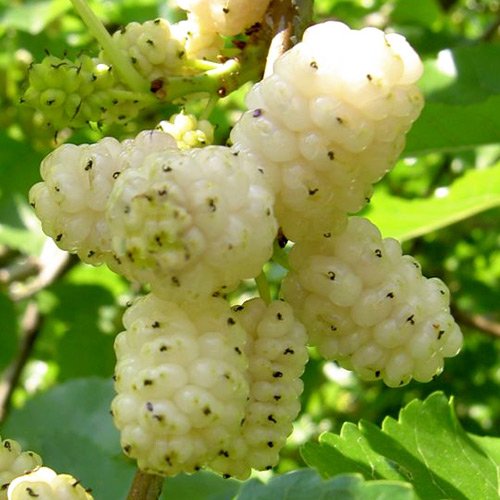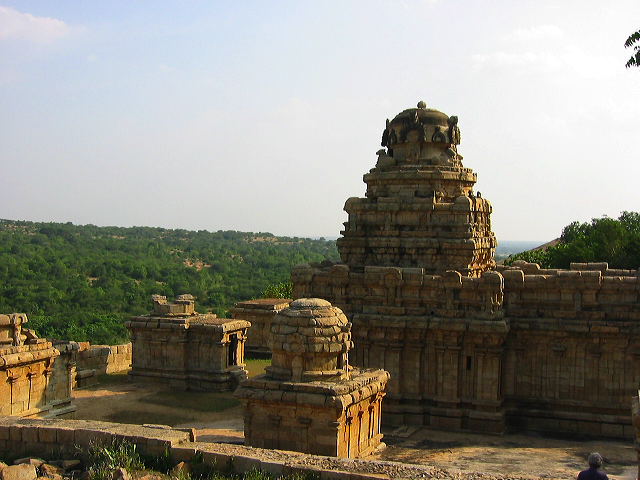Chapter I
Gat Ama Perajaya
(885 - 920)
893 CE
January-February:Gat Ama Perajaya
(885 - 920)
893 CE
In the Kraton of Tondo, the monarch Gat Ama Perajaya passed a decree, in which he personally wrote with the help of his chief minister (Pangulu) Tiruravanam Balaydanaw, where the temenggongs (provincial governors) in the provinces of the Luuk-speaking heartland would serve their term for seven years, after which they would confirm their own successor in an assembly of local chieftains in the provincial capitals. Those who already served as temenggongs, the royal edict continued, would not be allowed to be elected again to the said position. Instead, as the edict suggested, the former governor would decide if they would still proceed to serve in the three royal cities (Tondo, Namayan and Gatus-na-Kapok) as part of the kingdom's government or retire from their functions as a government employee and return to their previous employment. Automatically, the decree was copied and distributed to the current temenggongs in the provinces of the heartland, and in effect, they wrote complementary decrees in relation to the assembly of local chieftains, who would serve as an electorate for choosing a new governor, with the participation of the delegates from the royal court.
March:
Festivities and homages were held across the newly-unified kingdom of Sibugay as Datu Tabunaway nog Guayan and Dayang Belembang nig Mipangi were proclaimed and anointed as joint rulers of the whole peninsula in a ceremony held in the city of Dipolog, where guests included some of the most influential merchants, minor noblemen from across Sibugay, local chieftains of the most important Sibugay towns and villages, selected members of the unified bureaucracy of the country and delegates from outside the kingdom. As agreed upon in a treaty signed by their fathers, the new Sibugay kingdom would have two capitals, Dipolog and Sembuangan, each with its own court; it was said that maintaining two capitals with courts whose members would be allowed to transfer to the each other's Kraton was to prevent alienation and tendency of separation for courtiers and some of the local nobility. Furthermore, in every corner of the Sibugay peninsula, a new flag had appeared to symbolized the unification of the Sibugay-speaking people, also known as the Subanen, under the new Guayan-Mipangi dynasty.

An ancient Sibugaynon flag
April:
An ancient Sibugaynon flag
Ever since the marriage of Crown Princess Dayang Katangkuntu Inangpen and Gat Tungaw nan Haringadlaw-Daraga a few months earlier, the rumors of a possible inclusion of the latter's hometown of Kagsawa (and the rest of Nusang Ibal region) as a vassal state of the kingdom of Tondo-Namayan persisted despite the assurance of the Kagsawa monarch Datu Mabanggi that his kingdom (and the region surrounding it, under suzerainty of Kagsawa) would remain independent. On the other hand, Datu Mabanggi indicated that he was open to the possibility that the kingdom of Tondo-Namayan and Kagsawa/Nusang Ibal would start formal diplomatic relations in the near future, especially because of the fact that his nephew was now part of the Tondo-Namayan royal family, the Haringadlaw clan; in fact, it was rumored within the inner court of the Kraton of Kagsawa that Datu Mabanggi was considering to appoint Gat Matapang, the father of the spouse of the heiress to the throne, as the next chief emissary of the country to the Luuk-speaking kingdom. Meanwhile in the neighboring kingdom of Isarog, its reigning monarch openly expressed the possibility of opening formal relations between his kingdom and the larger neighbor in its western border. Datu Sakang of the ruling Balaytumpok clan said that establishing embassies in each other's capitals would improve the already existing trading ties between Isarog and Tondo-Namayan, as well as solving the problem of its common border with the Manide-Inagta confederation.
May:
Inspired with the events that led to the establishment of the kingdom of Buglas, the chieftain of the island-domain of Katagusan[1] started a permanent campaign that would convince other Magahat[2]-speaking statelets to unite under his domain's leadership and create a kingdom that spanned all of eastern part of the island of Negros . Datu Mabanglis of the ruling Tigbawan clan was determined to convince his fellow chieftains to unite and form a confederation, in which in his own opinion would be a transitional step to the unification of all Magahat-speaking lands under the rule of the Tigbawan royal clan. So far, most of the chieftains of the southern Magahat states agreed to the proposal presented by Datu Mabanglis and formed a pact that would recognize the leadership of Katagusan while at the same time, the towns and villages would retain its autonomy; the pact was actually a confirmation of the influence of the island-domain in its area because it was considered that Katagusan was the most powerful among the southern Magahat states.
June:
After nine months of waiting and expectation from the general population of the kingdom of Tondo-Namayan, the first child of the Crown Princess Dayang Katangkuntu Inangpen and her husband Gat Tungaw nan Haringadlaw-Daraga was born within the quarters of the heiress to the throne in the Kraton of the royal capital Tondo. When the good news was proclaimed to the crowd outside the royal palace complex, the reaction was spontaneously joyful; after all, they celebrated the arrival of the third in line to throne of the kingdom of Tondo-Namayan. In effect, it was announced by the moanrch Gat Ama Perajaya that all official business in the kingdom, or at least in the region surrounding the royal capital and the main port city of Namayan, would be suspended for a week; the provinces and the city of Gatus-na-Kapok would follow the special announcement written by the monarch the week after. The Haringadlaw monarch's first grandchild was named Banuibatu in a religious ceremony performed by the chief priest (Punung Kiyai) Gat Apubanui nan Haringadlaw in the temple complex at the foot of Bulud Talim.

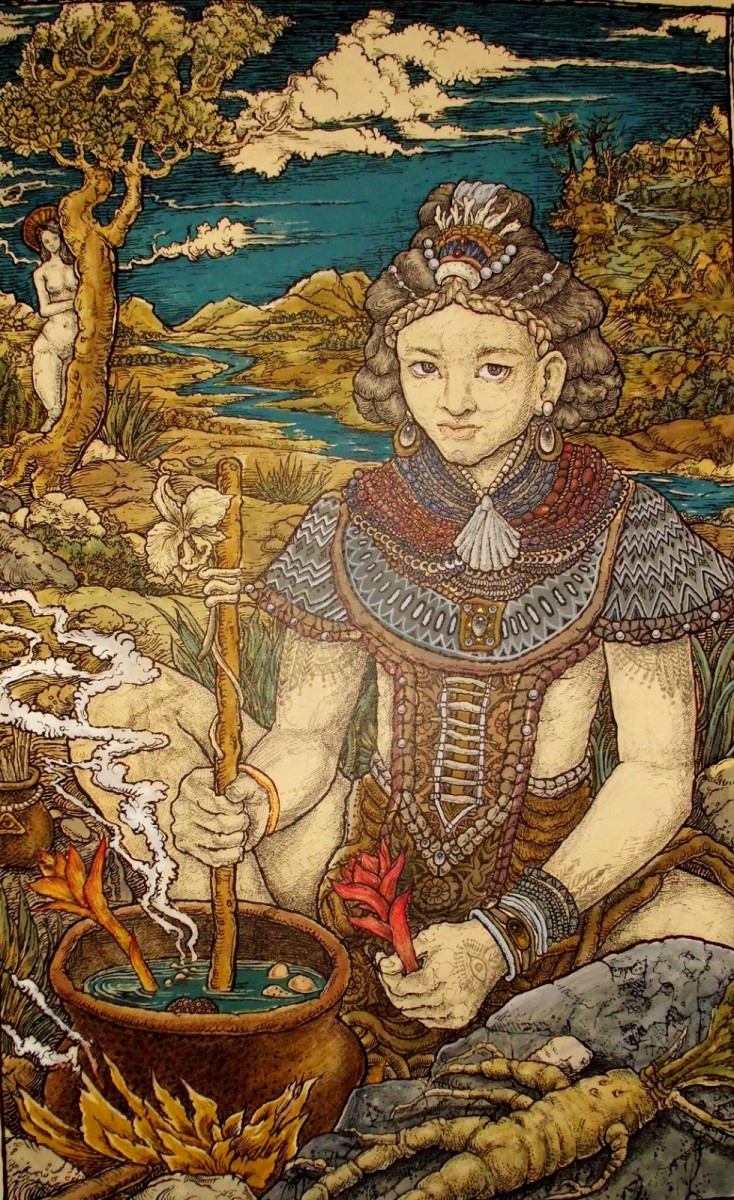
The Babaylan/Katalonan
July-August:
The Babaylan/Katalonan
From the Bugkalot-speaking territories, the coins minted in the royal city of Gatus-na-Kapok has reached further north to their neighbors the Dumagats.[3] Interestingly, the introduction of the coins coincided with the transition of medium of exchange between the Dumagat villages from barter to market economy; coincidentally, cowrie shells were also began to use as a medium of exchange alongside the coins brought by the Bugkalot traders selling their products in the Dumagat-speaking territories, in which they sometimes exchanged with their Dumagat counterparts. Like their neighbors the Bugkalots, historians and archaeologists both agreed that the introduction of a formal currency and a market system had permanently transformed the Dumagat society in general, particularly on how they governed themselves and how they interact with their neighbors beside their neighbors the Bugkalots; Interestingly, it was during this period that they began to trade with the people of Tondo-Namayan south of their homeland, generations after a series of tragic events that pushed the ancestors of these traders to their present-day territory.
September:
In response to the repeated accusations of the Manide-Inagta clan leaders in relation to the movement of ships across the Mambulao Bay, the chief minister (Pangulu) of the kingdom of Tondo-Namayan Tiruravanam Balaydanaw sent a scrolled letter of protest to the Manide-Inagta Confederation, telling them of the true intentions of the Tondo-Namayan naval fleet passing through the bay named after the de facto capital of the confederacy. In the said letter, the chief minister explained that there were fishermen from the eastern part of the kingdom catching fishes and other seafood beyond the what was considered the territorial waters, and the a fleet of Tondo-Namayan navy always accompanied these fishermen to protect them from possible enemies. In addition, the chief minister insisted that the Manide-Inagta clan leaders should fix their internal issues first, referring to the then ongoing conflict between the leaders for the ultimate leadership of the Confederation. The scrolled letter of response ended with a reminder that only Manide-Inagta people could fish in the area of Mambulao Bay in their outriggers; the chief minister suggested that the fishing techniques of their people would be improved if their outriggers would be complemented with the Tondo-Namayan fishermen's balangay, or at least its basic design.

Inagta-Manide outrigger
October:
Inagta-Manide outrigger
In the kingdom of Kagsawa, it was indeed confirmed by the courtiers within the inner circle of its Kraton that the father of the consort of the crown princess of the kingdom of Tondo-Namayan was confirmed as the chief emissary to the Luuk-speaking kingdom by the kingdom's monarch and the overlord of the surrounding Ibal region Datu Mabanggi. According to the courtiers, the Kagsawa monarch explicitly reminded Gat Matapang ku Haringadlaw that he was appointed to represent the interests of Kagsawa/Ibal Confederation in the kingdom of Tondo-Namayan, not to protect and promote the interests of his son Gat Tungaw nan Haringadlaw-Daraga within its foreign court; just like his predecessor, the courtiers continued, he regarded the possible intervention of a chief emissary in the internal affairs of their countries were considered as a treason to the public service. Weeks after, the Tondo-Namauyan monarch reiterated what his Kagsawa counterpart had said when Gat Matapang ku Haringadlaw was confirmed to his position as the chief emissary of the Kingdom of Kagsawa and the rest of Ibal Confederation in the western, Luuk-speaking kingdom of Tondo-Namayan.
November-December:
The chief emissary of the kingdom of Middag/Beiwan has confirmed before both chief minister (Pangulu) Tiruravanam Balaydanaw and the monarch Gat Ama Perajaya that a group of bureaucrats from his country would arrive in the port city of Namayan as soon as possible. Tanka Cawatan explained that he received a scrolled letter from the Middag/Beiwan monarch Kamachat Walis saying that the bureaucrats that he personally sent were already been trained on every aspect of life in the kingdom of Tondo-Namayan, including its language and culture; the chief emissary of Middag added that the reading materials in relation to subjects related to the ministries of the Council of State were already been translated into Luuk language back in Middag/Beiwan. A month later, the group of Middag/Paiwan bureaucrats arrived in the port city of Namayan, where they were greeted by the monarch himself Gat Ama Perajaya. Indeed, the transformation of the kingdom's government has already begun.
NOTES:
[1] OTL: Island-province of Siquijor.
[2] The TTL Magahats weren't just more populous than their OTL counterparts, they were culturally advanced as well as they received some aspects of their own culture from their neighbors, the Buglasnon and Sugbuanon peoples. And yes, the Magahat-speaking territory is in the OTL provinces of Negros Oriental and Siquijor.
[3] TTL Dumagats were culturally advanced than their OTL counterparts, although they lived in a smaller territory, which is composed of OTL provinces of eastern Quirino and northernmost Aurora.
Last edited:
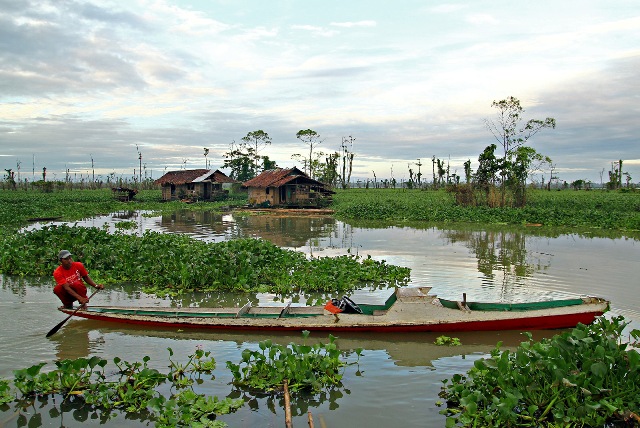







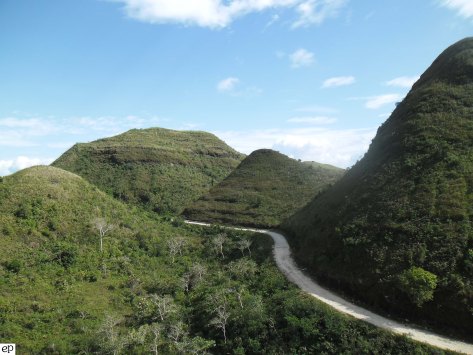




/https://public-media.smithsonianmag.com/filer/whale-sharks-631.jpg)





